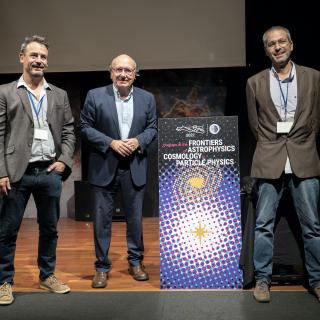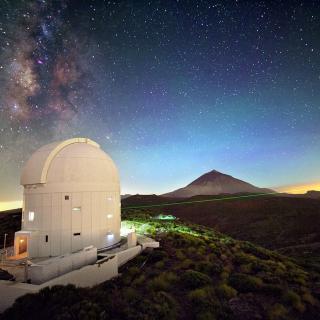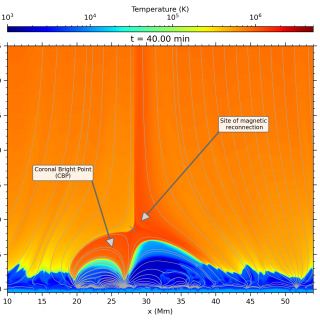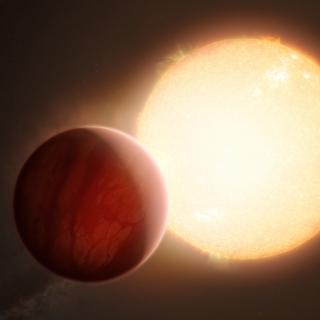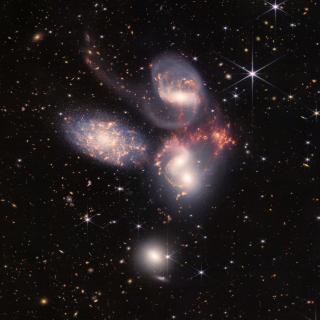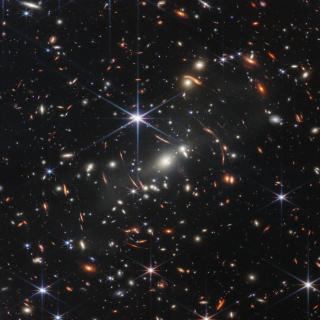
A recent study, entirely done by researchers at the Instituto de Astrofísica de Canarias (IAC) has produced the most complete analysis to date of the intracluster light, the diffuse and faint light emitted by stars in galaxy clusters which are not gravitationally bound to any galaxy. This result was based on data obtained by the new James Webb Space Telescope (JWST). The research gives new clues about the formation processes of galaxy clusters, and the properties of dark matter. The article was published in the specialized journal The Astrophysical Journal Letters . In clusters of galaxies
